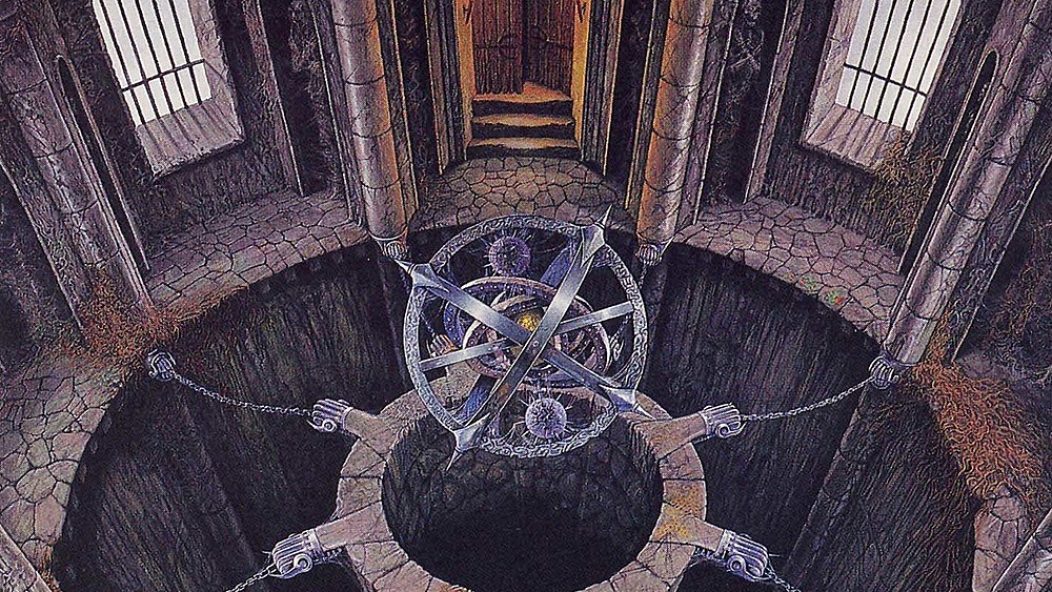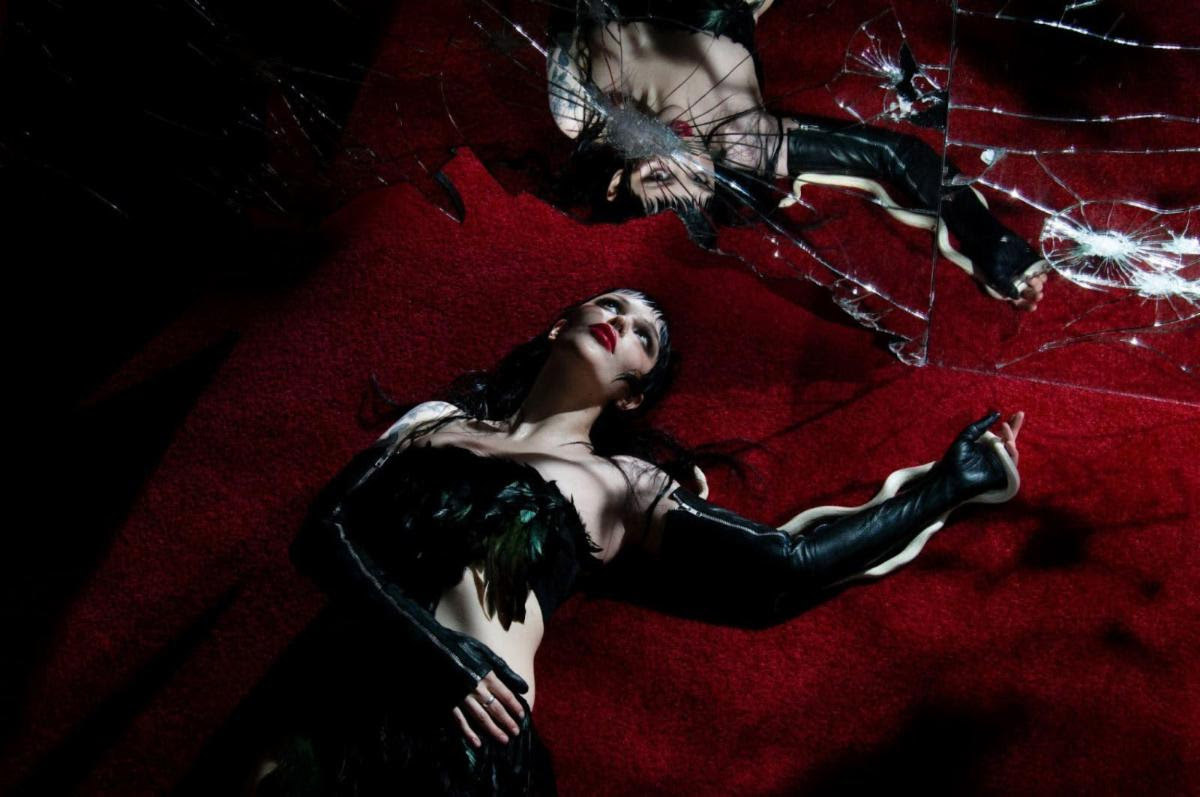
Pestilence's "Testimony Of The Ancients" Turns 25
…
This piece begins with some bonus behind the scenes Invisible Oranges content. See, I agreed to write this piece months ago, forgot about it, and was reminded by a text from our editor asking if my Pestilence piece was ready. My reaction was “oh shit, I forgot I’m supposed to write the Spheres 20th anniversary piece! I’m really looking forward to this one!!” Hours later, I read this text,
“Fwiw it’s Testimony of the Ancients”
At which point I promptly hit metal archives only to find to my disbelief that Testimony of the Ancients was actually turning 25, because it came out in 1991. Not 1994.
We’ll have to talk about the between song intros.
I don’t know why this happened, but I’d spent the last decade thinking that Testimony came out in ’94, which would have made it an interesting but reactive album from the time when death metal was in the weird part of its golden age. But since Testimony came out in 1991, when death metal was blossoming creatively and commercially, it was both creative and highly forward thinking.
Don’t worry, we’re getting to the intros.
The album also makes more sense in that context. The songs are tightly written and the riffs are great, but they are mostly death metal orthodoxy for 1991. (And in 2016; make of this what you will). Death circa Leprosy and Spiritual Healing is a common reference point, but then “Land of Tears” features a riff that sounds ripped from Human. Except of course that it wasn’t, since Human wouldn’t be released for another few months. There’s a short skronk riff that predicts where Gorguts would go years later; it’s not a major part of the song, but it’s one of the many creative touches thrown in which distinguish Testimony from its more mundane peers.
Whether you like the intros or not, they are varied. Acoustic guitar and orchestral samples, pianos, insect noises, sexy lady noises. I think they work well within the flow of the record and that they help the listener refocus between tracks.
Some riffs are barely that; brutal mid-tempo chugging crops up numerous times, serving both to anchor the music in extremity and to cleanse the palate before or after the guitar solos. The solos are one of the highlights of the record: melodic, jazz inflected, soaring, and emotive. There wasn’t anything quite like them in 1991. Retrospectively, the solos in “Twisted Truth” lay the path towards Spheres’ complete nuttery, but that’s beyond the scope of this piece.
In the metal-archives entry for “Lead Us From Temptation”’s lyrics, some cad wrote “Lead us from temptation…(repeat many times)”.
The limited information that I’ve found indicates that Patrick Mameli was responsible for the shift from Consuming Impulse’ more straight-forward and punishing approach to Testimony’s blend of melodicism, technicality, and heft. Martin Van Drunen’s exit from the band allowed Tony Choy, who was also serving as Atheist’s bassist at the time, to join, and to complexify things. Mameli stayed on guitar but took over Van Drunen’s vocal duties; to my ears Mameli turns in a more than credible performance, but he doesn’t have Van Drunen’s Tardy-esque bellow.
Other people think the intros break up the album’s flow and add nothing to it. They don’t relate to the songs themselves and songs this good don’t need assistance to form a coherent listening experience.
I haven’t listened to every single death metal album, but I do I know that Acheron did the intros between every song schtick a few times and that it didn’t work. It really didn’t work. Then again, those Acheron records don’t have the same caliber of songs that Testimony does. There aren’t many other similar records to discuss. Resurrection’s Embalmed Existence had a between-tracks narrator. The Grotesquery, a Kam Lee and Rogga Johnson effort (because of course Rogga was involved), also featured between song narrations on their debut album. Power metal bands do between track narrations. That’s all I can think of. Testimony might be the first; if not the first, it’s certainly one of the earliest examples in metal. Whatever the case, Testimony was a forward thinking record and it would be less so without the intros.
Broken down into its components, Testimony is a blend of elements that crop up constantly in modern death metal releases. I can’t help but think that if a modern band attempted to make a similar record today, they’d fuck it all up. Visionary art sometimes turns dated, but Testimony remains fresh and interesting both for how well it blends all of those elements and for the quality of the songwriting. It came first, sure, but the albums which follow it are successors in name only.
…
…











